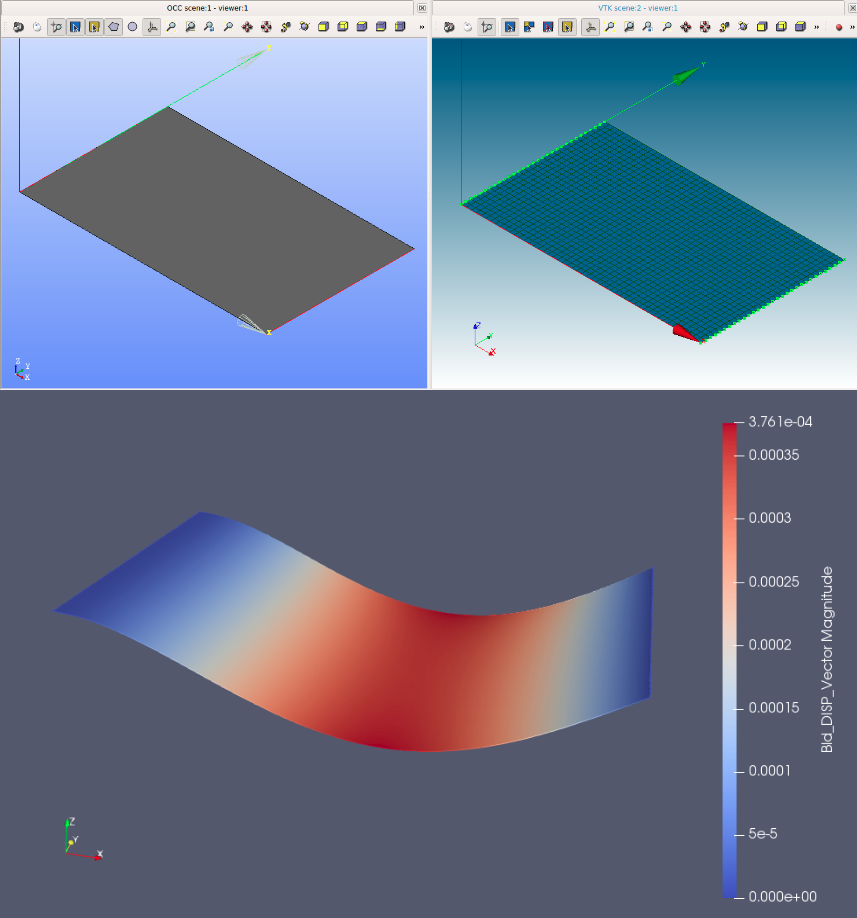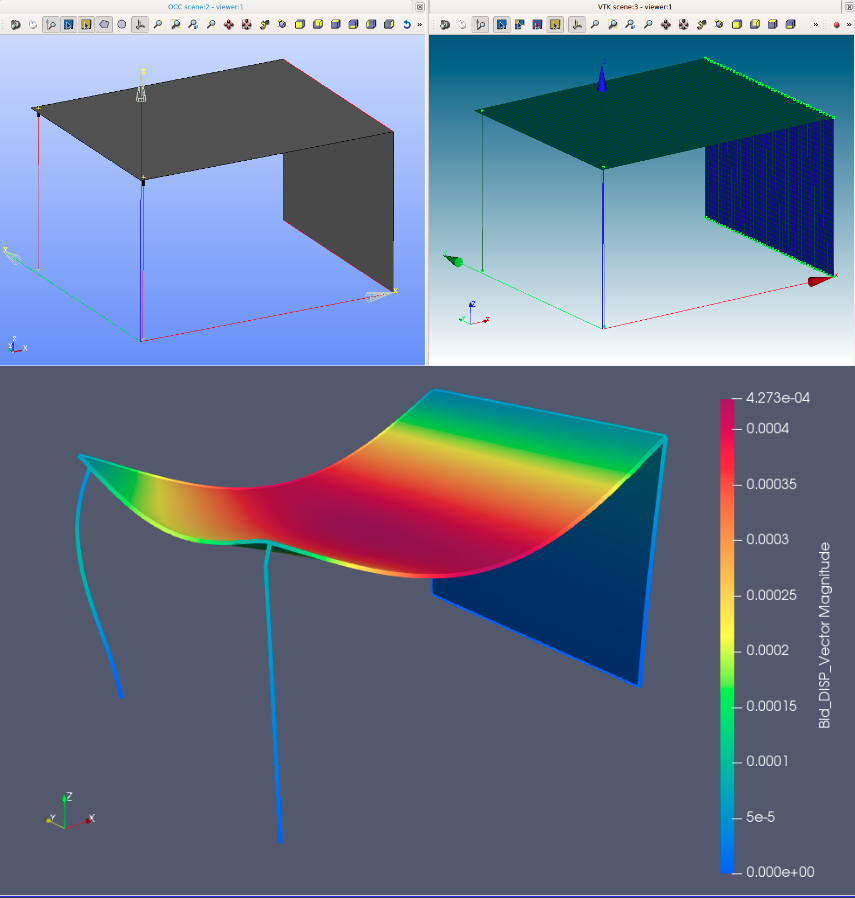Hi @jchkoch ! Great to have you here and to have your support.
At the moment we are still developing the very basics for authoring structural analysis models in BlenderBIM, I think we will need a couple of months to arrive at a point that we can have a basic workflow (create members, connections and supports) to test with users, but I will definitely post in the forum when this time comes. And one reason is that we are do implementing basic stuff now but I reckon we will have to go over a second round after to polish some aspects that are important to effectively apply structural engineering. I am thinking of showing/implementing units for all quantities, proper orientation implementation of local axes, limits on the property input values and other "details" that we are leaving behind for now .
Regarding your statement:
evaluate the analysis results in terms of the plausibility of the geometric parameters within the structural analysis round-tripping "IFC to code_aster to IFC" workflow.
I imagine your are simply referring to verification of the structural elements right? I certainly think that this would be a great and very important task that completes the cycle of the structural engineering work, apart from drawings and documentation. But for that we would need more resources to do it now, I see it more feasible once we have the possibility to create and to run the model.
anyway just want to also comment on reading through the whole thread that the progress so far kind of blows my mind
Well to be honest there has been a setback at some point as there are no valid authoring software to create the models. My initial work was based on the pipeline after the model is authored, which we will find handy in our next step, the analysis implementation.
if there are things which I could help with I'd be glad to
I think there will be soon some tasks we could need help, other than user testing the UI when it's the right time.
Talking with @krande yesterday we do want to start building some profile/section and material libraries, for example for steel profiles and for concrete/steel materials, which would be great to have them as IfcProjectLibrary (right @Moult ?) that can be used to directly select materials and profiles in BlenderBIM. We have to set this up, but I definitely see potential work for non-coders engineers there, in compiling tables with all needed information to create the libraries. We will post more info on this when it gets started

